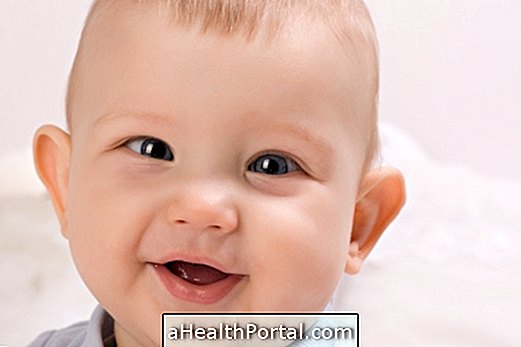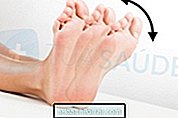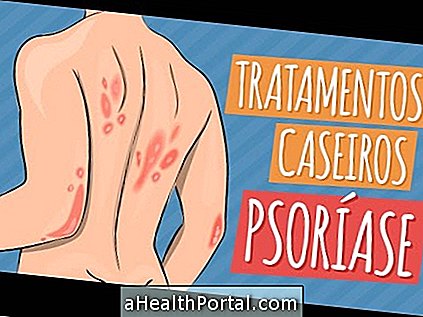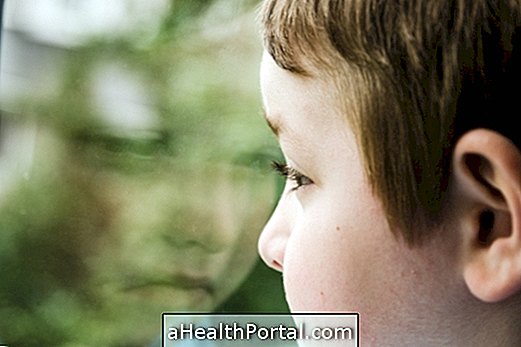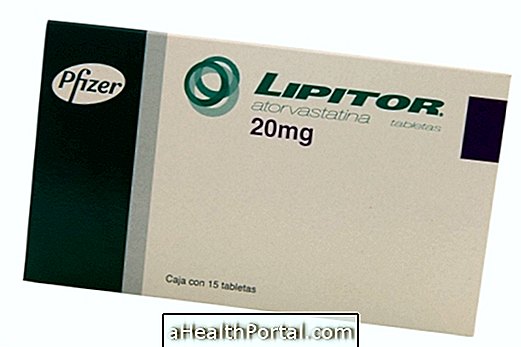Vision problems are common in school-age children and when untreated can affect the child's learning ability as well as his / her personality and adaptation in school, and may even influence the child's participation in activities such as playing an instrument or practice a sport.
In this way, the child's vision is essential for their success in school, and parents should be alert to some signs that may indicate that the child has a vision problem, such as myopia or astigmatism, for example.
Signs of vision problems in the child
Signs that may indicate that your child has a vision problem include:
- Be constantly seated in front of the television or hold a book very close to the eyes;
- Close your eyes or tilt your head to see better;
- Scratching your eyes frequently;
- Having sensitivity to light or excessive tearing;
- Close an eye to watch television, read or see better;
- Can not read without using a finger to guide the eyes and easily lose reading;
- Complaining of frequent headaches or tired eyes;
- Avoid using the computer because it starts to hurt the head or the eyes;
- Avoid doing activities involving near or distant vision;
- Receive grades lower than usual at school.
Faced with these signs, parents should take the child to an ophthalmologist for him to do a vision examination, diagnose the problem and indicate the appropriate treatment. Learn more about the eye exam in: Eye Exam.
How to treat vision problems in children
The treatment of vision problems in children, such as myopia or astigmatism, for example, is usually done with the use of glasses or contact lenses, according to the problem and the degree of vision of the child.
To know some of the vision problems in your child see:
- Myopia
- Astigmatism

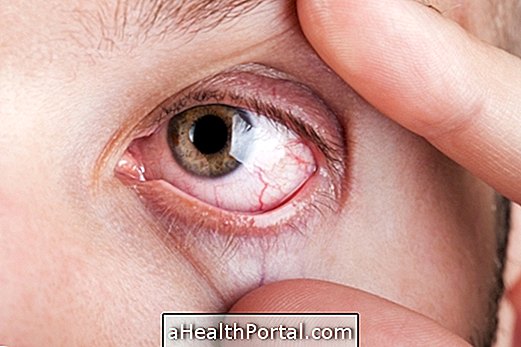
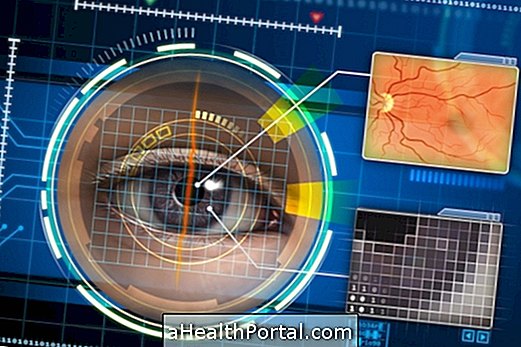
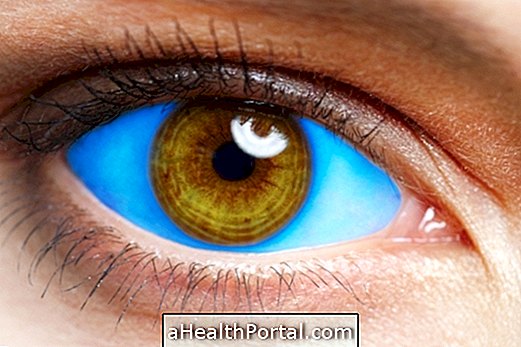
-e-como-tratar.jpg)
